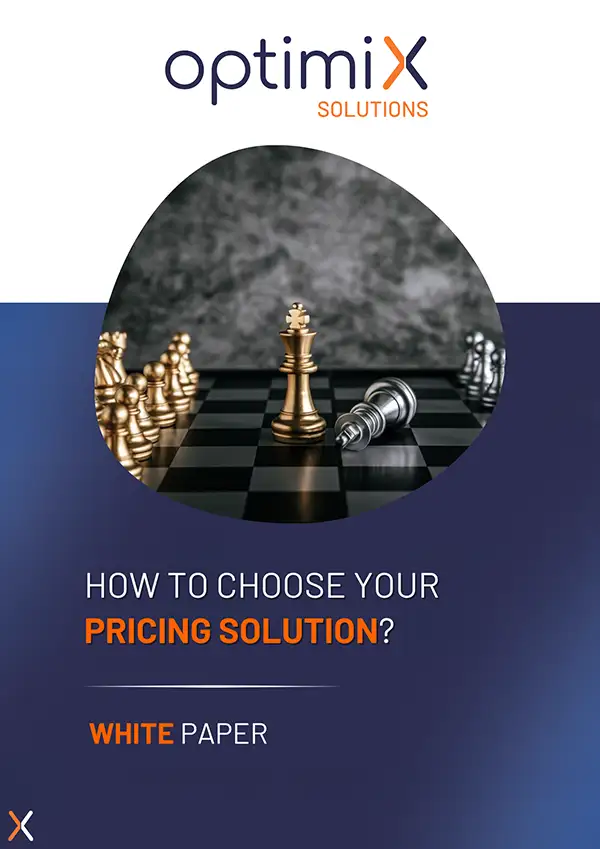What is price scraping?
Price scraping involves collecting data on products sold on a competitor’s website. This allows for the retrieval of information for each product, such as:
- The price at the bottom of the shelf/promotion
- The wording
- The brand name
- The identification codes used (e.g. EAN)
- One or more images
- A description
- etc.
A price scraping solution operates as a regular user would. It navigates the site page by page, identifies the relevant data for collection, and extracts it.
These data points are not randomly chosen and collected. By utilizing price scraping, a company aims to gain insights into competitor pricing analysis and, by extension, their pricing strategies. In doing so, it acquires strategic knowledge of its competitive landscape, which is crucial for its future pricing strategies.
In doing so, it acquires strategic knowledge of its competitive landscape, which is crucial for its future pricing strategies.
Organize the monitoring of the competition
Price scraping is inherently a powerful competitive intelligence tool.
To capitalize on this, companies match products in their catalog with those in competitor catalogs. The established links directly contribute to analyzing the company’s positioning, price index, and product catalog development.
To optimize this process, the company should use the most relevant, complete, and up-to-date data available.
Recurrence of collections
The emergence of pure players has had a profound impact on the frequency of price adjustments in retail. Unlike traditional retailers, e-tailers and marketplaces have few constraints and costs related to price updates. They therefore adjust their prices easily, quickly and regularly.
To keep up with these changes, it is therefore necessary to adapt the frequency of collections according to the characteristics of the sector and the aggressiveness of competitors: once a day, several times a week, three times a year, etc. Overall, the maturity or consolidation of many markets is accelerating the required frequency of collection.
Therefore, while surveys must be recurrent to guarantee the reliability of the data used in pricing strategies, they must also be reliable.
Price scraping software is expected to collect all the required data without error. Whether a catalog contains a few thousand items or several hundred thousand, the reliability of the collection depends on two factors:
- All information relevant to pricing has been captured
- All the information collected is accurate
Technically, the software’s ability to handle large volumes of data and integrate them into a database compatible with the company’s pricing tool is critical. The software must also perform efficiently enough not to compromise the availability of the targeted site to its customers during collection.
A thorough collection directly contributes, through data analysis and product matching, to the effectiveness of the pricing strategy.
Choosing a price scraping software
There is a wide variety of price scraping tools, from free web extensions to paid software. Not all of them contribute to pricing with the same efficiency.
In the choice of the sign, three parameters are crucial:
- The updating of the information (speed and fluidity of the processes);
- The completeness of the recovered data (integration of millions of data in a readable database);
- The value of the data collected through its analysis in product matching and pricing.
Like product matching, price scraping benefits from automation. This allows teams to focus their efforts and resources on analyzing the competitive landscape and developing competitive pricing strategies.
A software integrated with the pricing tool enhances a company’s responsiveness to its market, facilitates data updates, and minimizes the risk of errors. The quality and reliability of the collected information directly affect the relevance and outcomes of the company’s pricing strategy. A tool designed with this in mind is therefore highly recommended.






